Over the course of the past century or so, media consumption has gone from a few readers enjoying their local print publication to billions of users viewing countless hours of video across the globe each day. This was a gradual evolution at first, but recent advancements in mobile connectivity have sent us into a climb the likes of which we have never seen before.
Thanks to widely-available internet and portable electronics like tablets, laptops, and smartphones, we're never more than a foot away from being able to access and consume content. These advancements have made a serious impact on media companies, ad agencies, and content creators as a whole—so we'll take a look at the trends and projections below.
Time Spent Consuming Media
The first issue we should address is the amount of media we're consuming today versus in the past. As you can see in the chart below, U.S. residents consume more content than ever before, with weekly totals increasing from roughly 50 hours of media viewing to over 70 hours in less than two decades. As media becomes more accessible, we consume more of it.
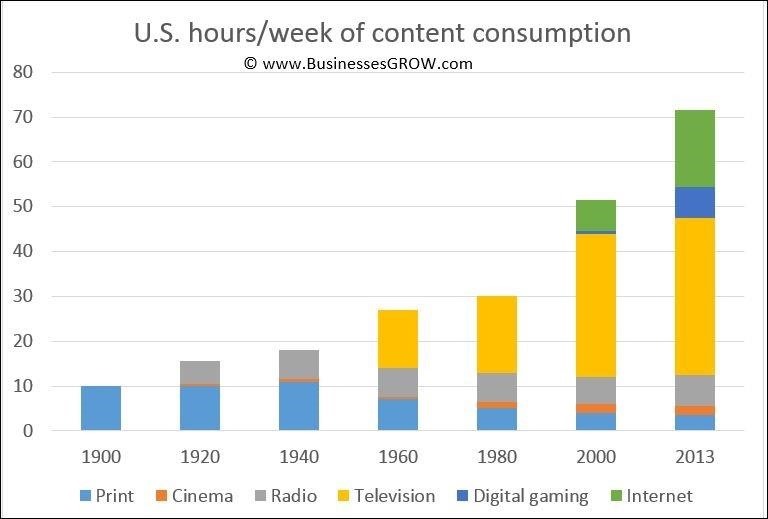
This trend doesn't look to be slowing down at all, either. When we focus just on the last 5 years, you can see that average daily media consumption amongst global viewers has increased from 455 minutes in 2010 to 490 minutes in 2015—an 8% increase overall. By the looks of things, we'll continue to up our media consumption for the foreseeable future.

Media Consumption by Device
Buried within the two charts above is another interesting trend—we're definitely getting more of our media from the internet these days. With social media, news, streaming videos, and discussion forums, we certainly have more selection on the internet than we've had with any medium before it, so this trend is justifiable.
Focusing on the last 5 years, we can see that the media consumption on the internet has more than doubled since 2010. This is partly as a result of the increased time we spend consuming media overall, but the bulk of the internet's gains here seem to be coming at a direct cost to older mediums—radio, magazines, and newspapers, in particular.

If the internet is becoming our preferred medium for content consumption, then it's certainly worth a look to see specifically which devices we're accessing this media with. In the past, desktop and laptop computers were our primary method for accessing the internet, but as of 2013, smartphones and tablets have become our go-to devices for online access.

In fact, in the past 5 years alone, media consumption on mobile devices has skyrocketed from an average of 48 minutes per day to nearly 3 hours—a staggering 356% increase. Desktop and laptop media consumption has taken a significant hit over this period, and while TV viewership has held steady, we know there's been a shift from cable and broadcast television towards streaming media with smart TVs and set-top boxes.

Projecting Trends
All signs so far have pointed towards portability being paramount to success in the new media market, but there is still a tangible value in having a larger screen. As we continue to consume more media on our mobile devices, we've seen a noticeable correlation with the average size of a smartphone display—to the point where smartphone screens nearly doubled in size over the course of 7 years.

As a result, nearly all smartphone manufacturers have a flagship "phablet" in 2016, looking to hit that sweet spot between portability and screen size. The strategy paid off, too, with larger phones seeing a 334% increase in usage from 2014 to 2015. Extrapolating from this data, Flurry Analytics predicts that phablets will become the predominant smartphone and media consumption device by the first quarter of 2017.

One last factor that should be addressed is how ad revenue funds content creation, and by association, consumption. This has the potential to shape our media viewing more than any other factor, especially when you consider that internet- and mobile-based ads can be targeted more effectively and are thus more valuable. As larger media companies continue to adjust to these trends, we should see more media created specifically for the internet viewer demographic—particularly when these viewers take over that magic 18-49 age range of increased spending power.
Just updated your iPhone? You'll find new emoji, enhanced security, podcast transcripts, Apple Cash virtual numbers, and other useful features. There are even new additions hidden within Safari. Find out what's new and changed on your iPhone with the iOS 17.4 update.
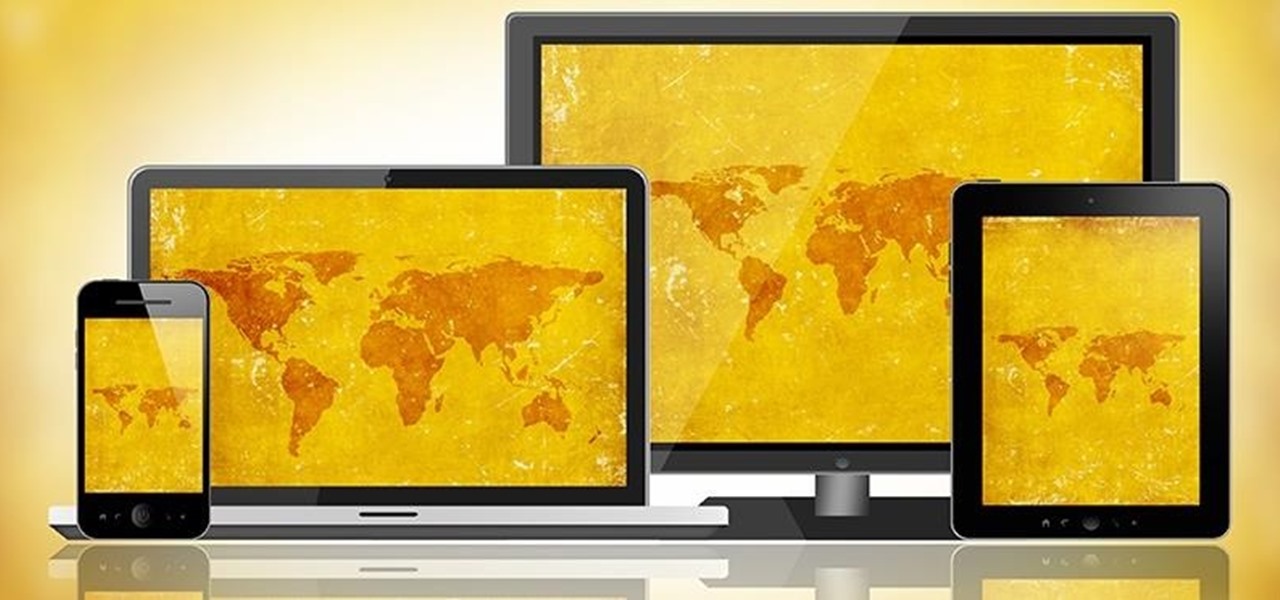





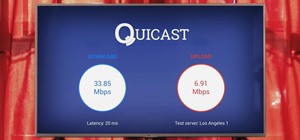


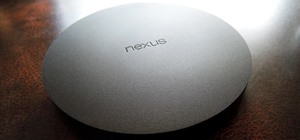



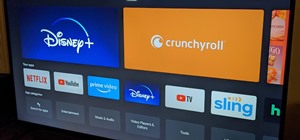




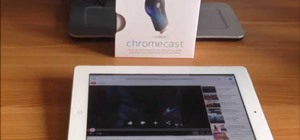


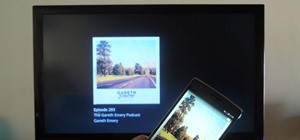



Be the First to Comment
Share Your Thoughts